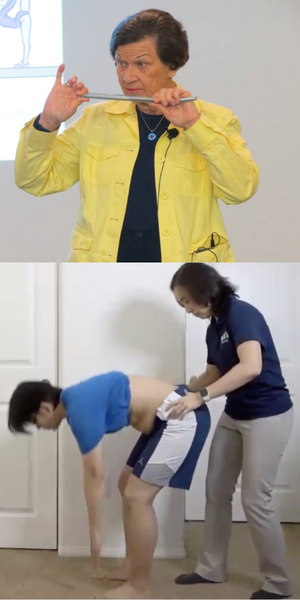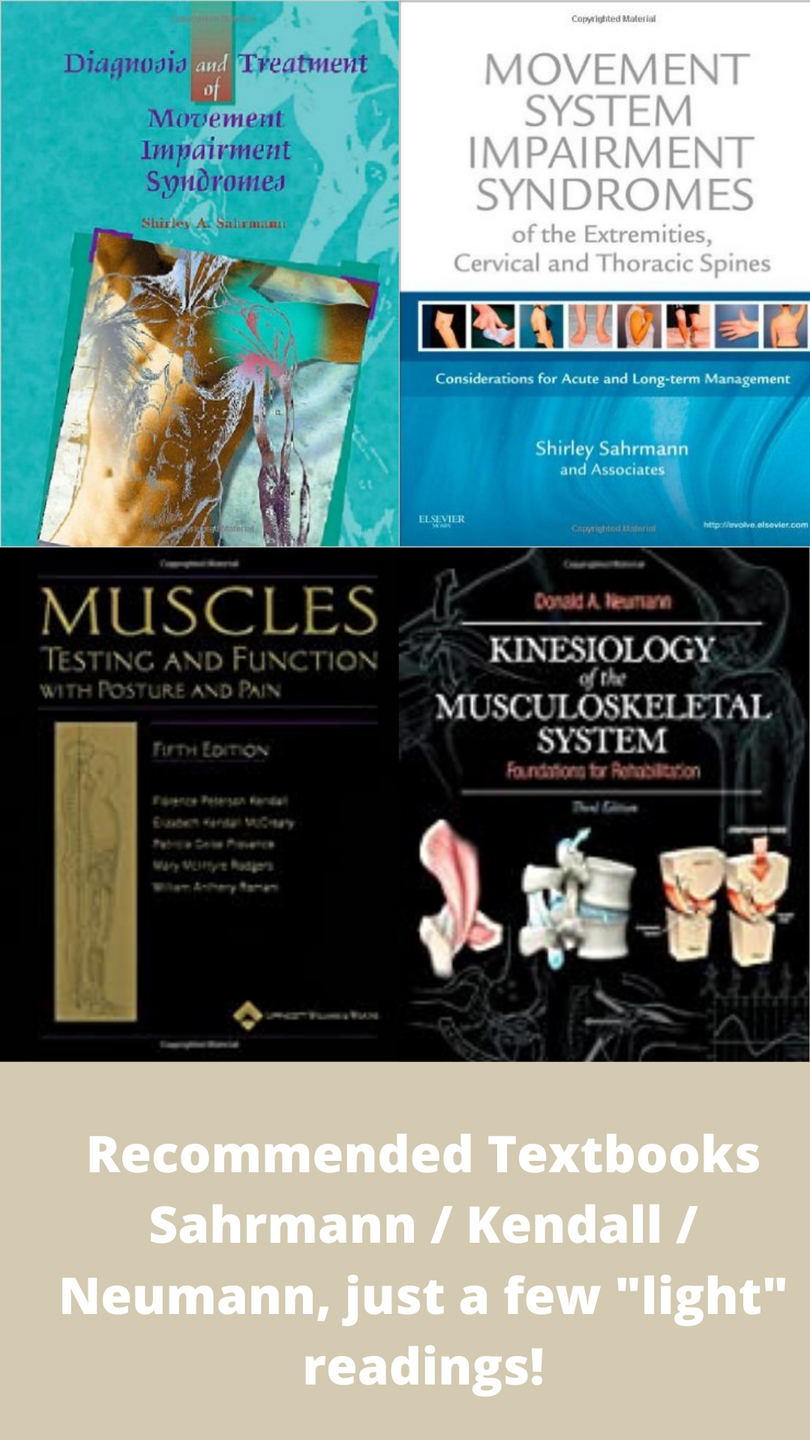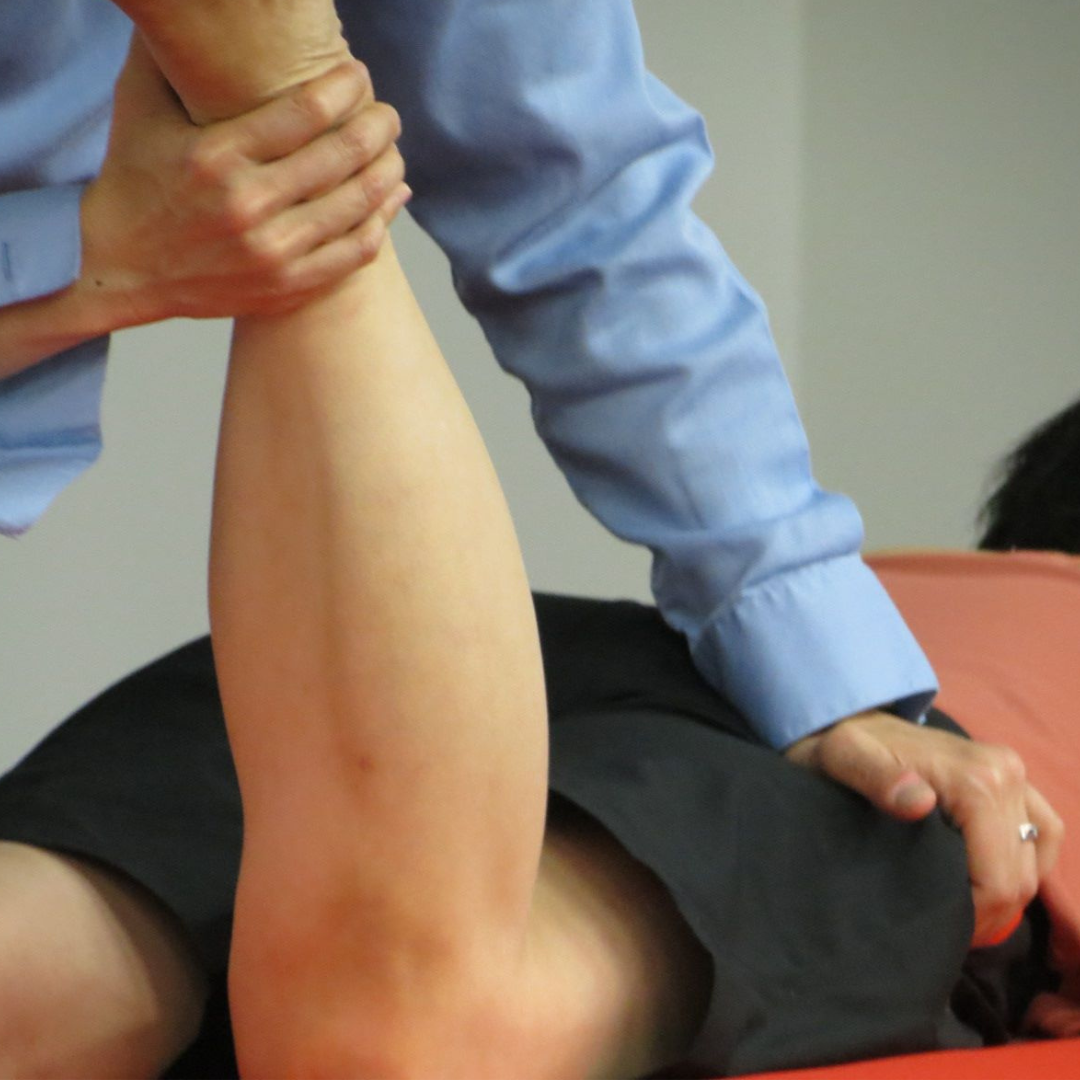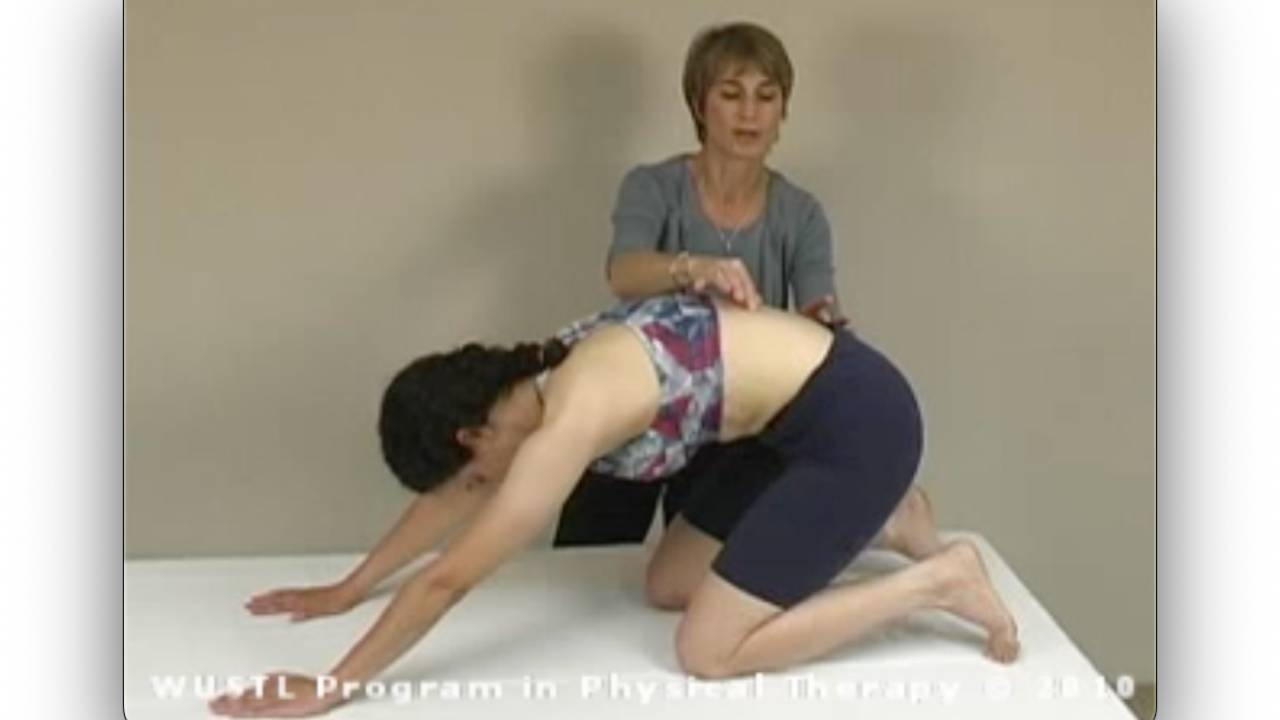Introduction to Movement System Impairment Syndromes of the Lumbar Spine

Due to popular requests, you can still purchase this course and earn CEUs!

Tired of patients coming back with the same pain?
You may have all the tools in your toolbox already. But how do you know which ones to use? Despite performing a specific technique flawlessly, the patient's pain returns after a while. Movement System Impairment (MSI) Syndromes courses are for you if you want to understand the underlying problems of patients with musculoskeletal pain.
If you understand the reasons why that patient is having pain, then the treatments will become crystal clear: because you're diagnosing their movement system problems. Why did we go to school for a long time? We are the experts in the human movement system. Let's figure out why we learned all those basic sciences back when we were in school.
If you're just starting out as a new physical therapist, let's get a good habit of constantly asking yourself the "WHY?" questions. Introduction to MSI Syndromes of the Lumbar Spine will help you understand basic concepts such as path of least resistance, joint relative flexibility, muscle relative stiffness, and motor learning.
Pre-requisite for the Advanced Lower Quarter MSI Course!
Learn from the world-class instructors virtually from the comfort of your own home. Study the systematic examination of the lower extremity and understand the Lumbar Spine Movement System diagnoses
What's included in the
Introduction to Movement System Impairment Syndromes of the Lumbar Spine
Pre-requisite for Advanced Lower Quarter MSI Course!
Pre-recorded 2-day course
MSI Syndromes courses are specifically designed for physical therapists who want to take their professional to the next level, and become proficient in diagnosing the human movement system.
- Utilize the Lower Quarter Basics course (lectures on MSI principles, lower quarter systematic examination videos, and lumbar spine demonstration videos), as you progress your learning in this Introductory course.
- 11 hours of recorded content
- Front-row view of the live demonstrations (3 subjects)
- 90-day access to the recordings from your date of purchase

Pre-Recorded Videos
In addition to the free 3.75 hour content for the introductory lecture and lower quarter / lumbar examination videos, you are getting additional 1 hour lecture on the upper and lower abdominals before even attending the live webinar in June!

World-Class Instructors
You are learning from physical therapists who have been developing the MSI Syndromes framework for decades, and the instructors trusted by the core faculty.
Back to the Basic
Why do people move the way they do? Body takes the path of least resistance. How? You will understand the concepts of relative flexibility, relative stiffness, and motor learning.

1st Step of Your Growth
Once you have an appreciation of the kinesiopathologic model, you will want to apply the principles to other body parts: hip, knee, foot and ankle, etc. Check out the BUNDLE package of MSI courses for 2023!

Virtual Perks
Skip the airport hassle, and save time & money on travels / hotel / meals by joining us from the comfort of your home! And no one is blocking your view of the demonstration because everyone gets the front row seat!

Learn and Review
Recording access seems to be the standard for continuing education these days. Though the virtual labs (breakout room sessions) are not a part of this course, you still have 90-day access to the pre-recorded abdominals lectures, the live lectures and demonstrations. Re-visit the videos after you see your patients!
Course Description
Dates:
Live event occurred on June 10~11, 2023
PRE-RECORDED COURSE
The virtual introductory course consists of lectures and related research about movement system impairment (MSI) syndromes of the lumbar spine. Participants will be required to view a series of pre-recorded lectures describing the MSI concepts, principles, best available evidence, and the role of abdominals. During the course, the content of the lecture will be reviewed and applied to the lumbar spine. Specific syndromes of the lumbar spine will be described. The systematic examination for lumbar movement system impairment syndrome is available to study prior to the course in the pre-recorded videos, and the specific tests will be demonstrated with live subjects during the course. Systematic examination as well as the relationships of the specific test results to the diagnosis and treatment program will be described. The role of the hip as a contributing factor to lumbar spine dysfunction will be discussed. Video demonstration of the examination of patients with low back pain will be presented.
Course Objectives:
After completing the course, participants will be able to:
- Describe the kinesiopathological model, concepts and principles of movement system impairment syndromes.
- Describe the adaptations of muscle, nerve, and bone associated with repeated movements and sustained alignments.
- Describe the concepts of relative flexibility, relative stiffness, and motor learning as determinants of the path of least resistance which is associated with changes in precision of movement.
- Understand the importance of a systemic examination which includes specific tests and task analysis.
- Recognize impaired alignment and movement patterns of the lumbar spine.
- Identify the interaction of the hip and lumbar spine.
- Recognize movement system impairment syndromes associated with painful conditions of the lumbar spine.
- Be able to identify the contributing factors to the lumbar movement system impairment syndrome.
- Describe how the results of the examination guide the development of a treatment program with an emphasis on task performance.
Speakers:
Shirley Sahrmann, PT, PhD, FAPTA
Dr. Sahrmann is professor emerita of physical therapy at Washington University in St. Louis. She received her BS degree in physical therapy, masters and PhD in neurobiology from Washington University, where she was a clinician and faculty member for 56 years. Her research interests were in disordered motor control and classification of musculoskeletal disorders. Dr. Sahrmann with her colleagues at Washington University has been a major promotor of the movement system and the development of movement related diagnostic categories to direct physical therapy treatment which formed the basis of her published books. She has lectured extensively nationally and internationally.
Nancy Bloom, PT, DPT, MSOT
Dr. Bloom is a professor of physical therapy and orthopaedic surgery at Washington University School of Medicine. She received both her master’s degree in occupational therapy and her clinical doctorate in physical therapy from Washington University. She teaches in a wide variety of courses and treats multiple types of musculoskeletal problems. Nancy has taught numerous continuing education courses on the topic of Diagnosis and Treatment of Movement System Impairment Syndromes and has made several national and international presentations.
To view all of the speakers and virtual lab assistants, click here!
Recommended Reading:
-
Diagnosis and Treatment of Movement Impairment Syndromes by Shirley Sahrmann
-
Muscles: Testing and Function, with Posture and Pain by Florence Peterson Kendall and Elizabeth Kendall McCreary (5th edition)
-
Kinesiology of the Musculoskeletal System: Foundation for Rehabilitation by Donald Neumann
Required preparation:
All participants of this course will be expected to study the Lower Quarter Basics (free course).

Keep up to date and receive a FREE COURSE!
The Lower Quarter Basics course is a PREREQUISITE for the Intro to MSI Syndromes of the Lumbar Spine virtual course. Make sure to sign up for a free monthly newsletter to stay in touch. Be the first to know when registration opens up for the normally sold out MSI courses! When you subscribe, you will automatically have full access to both the Lower and Upper Quarter Basics online courses. Be sure to check your junk / spam box immediately after, so you can access the course content.
You can unsubscribe at any time.
You're getting so much value from this 2-day virtual course!
We are applying for CEU's through the California PT Association for at least 1.3 CEU's (13 hours) for this 2 day course.
Who is teaching the course?
Can I share course materials with my colleagues?
Will I have access to the live event recordings?
What if I have to cancel?
Can I get CEU's for this course?
Should I register for only this course or get the BUNDLE package?




